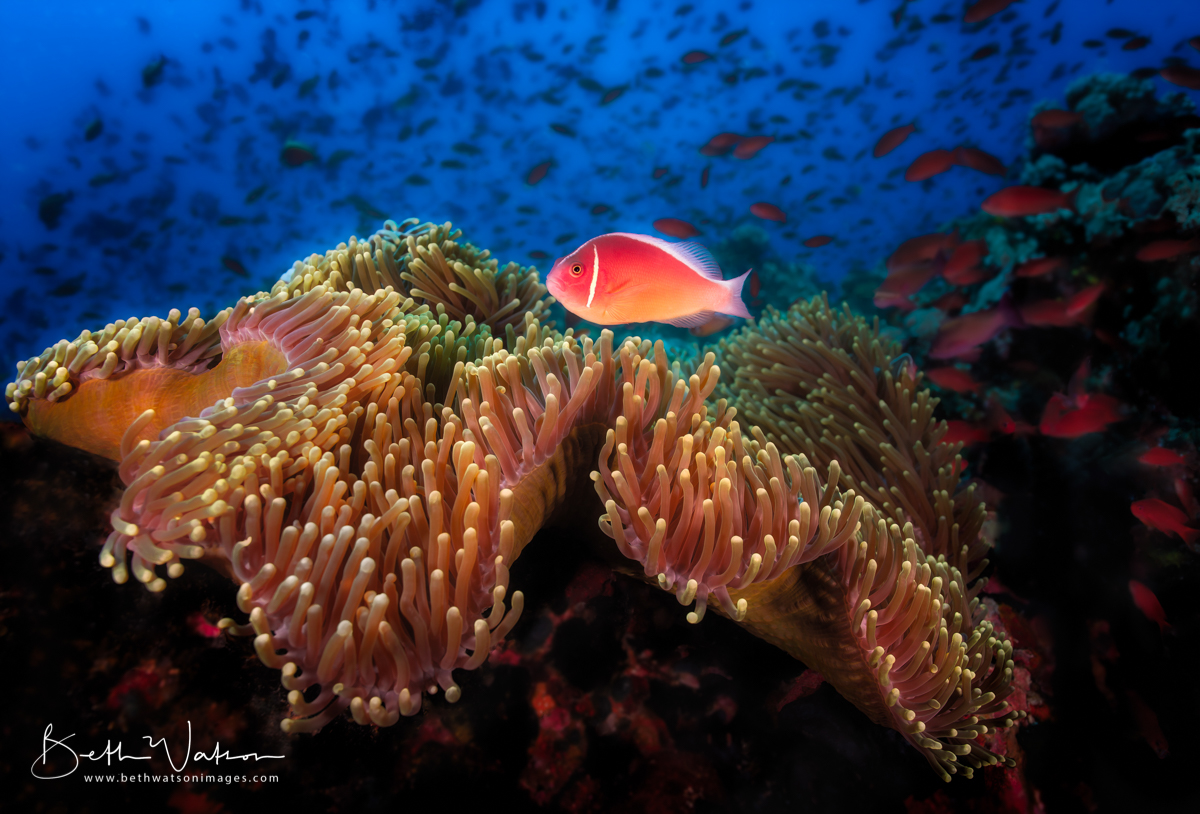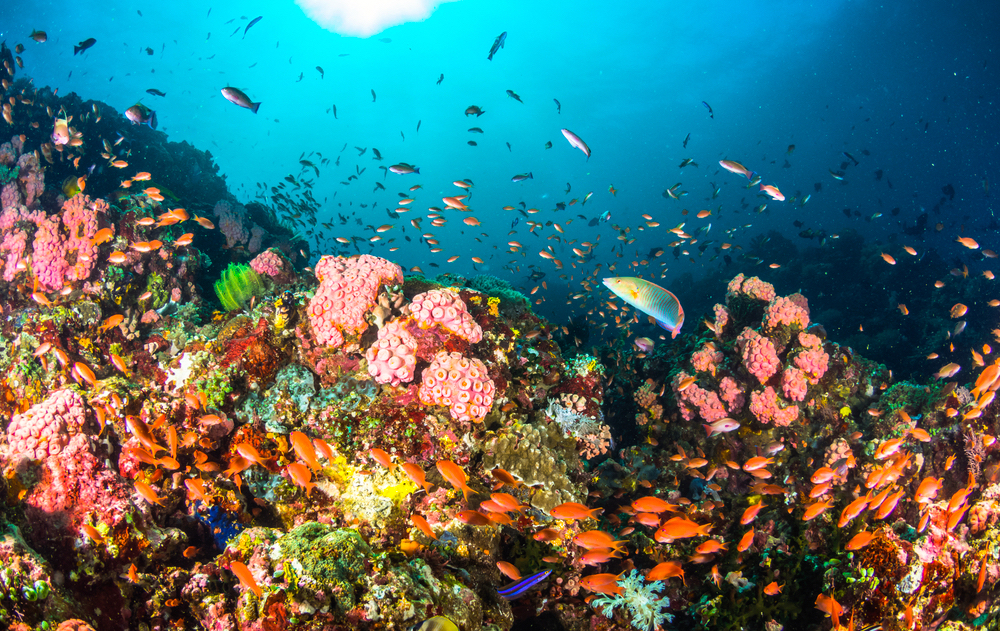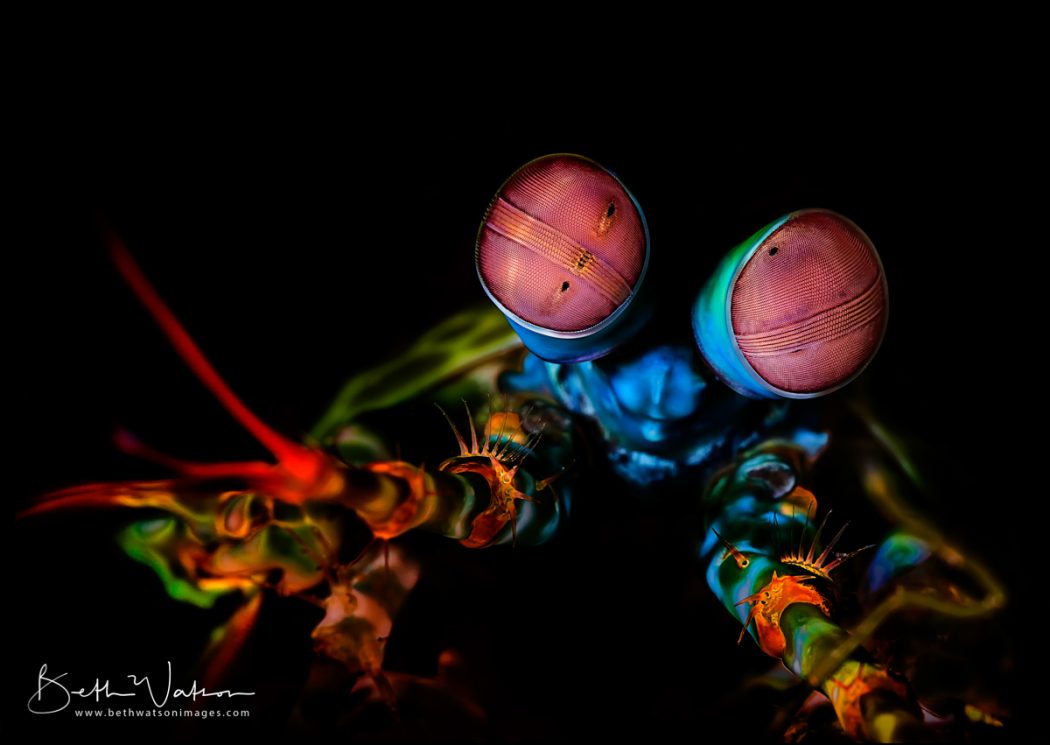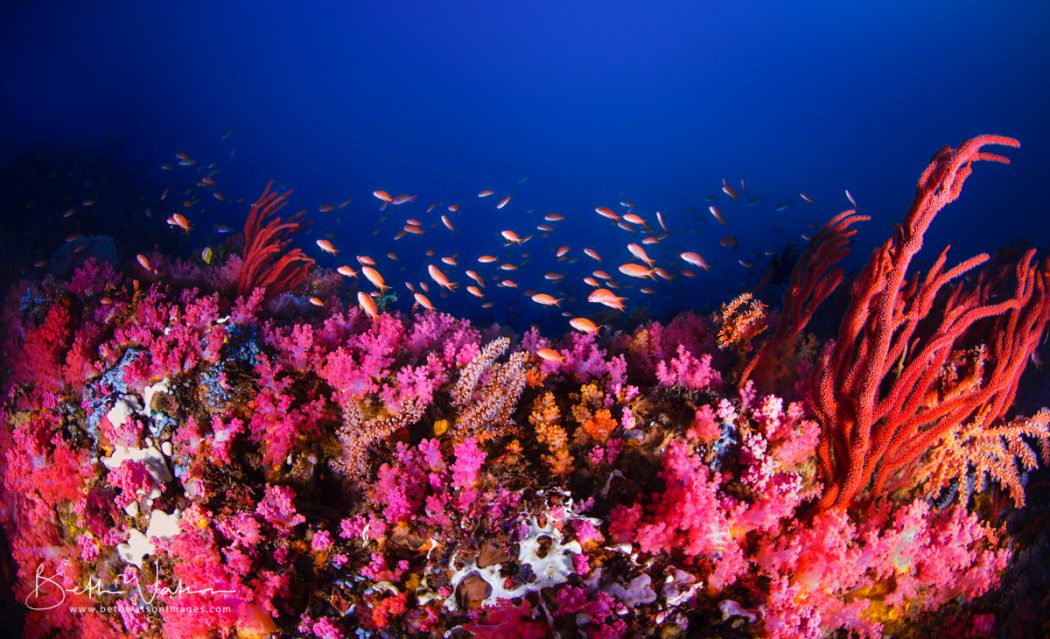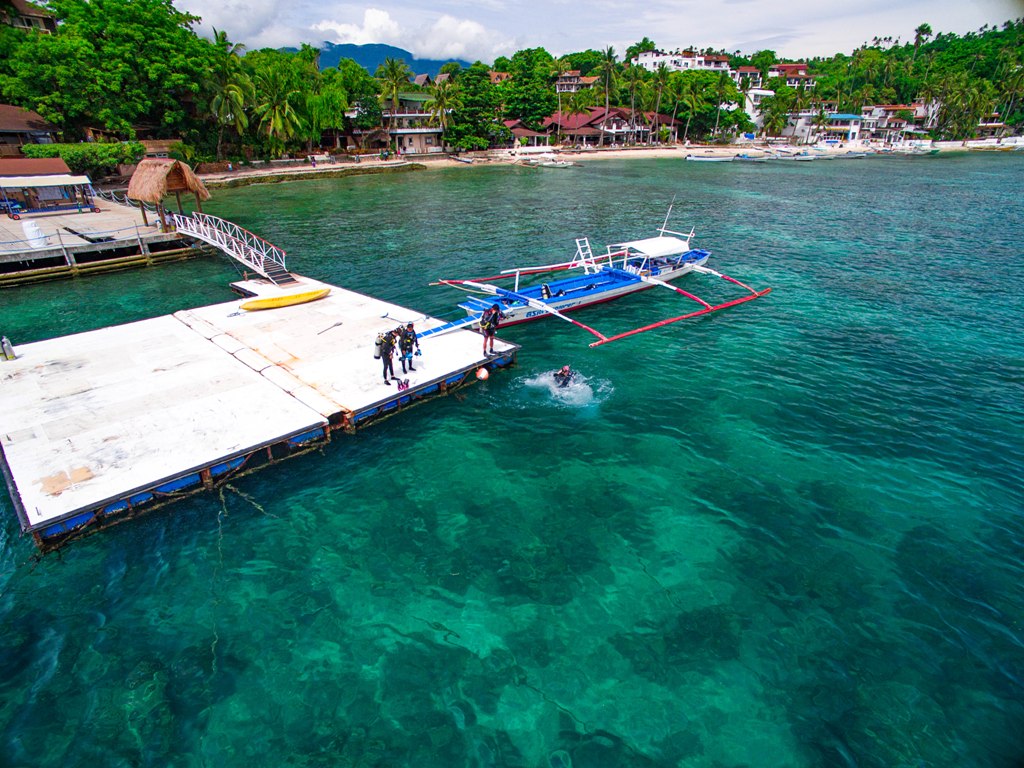With many of you at home around the world, we thought we’d share a little scuba diving love with you and some ideas on how you can still be a diver and how you can even develop your skills, and make the most of some great savings while we are all waiting to be able to travel again!
Become an Even Better Diver
Have you always thought about taking your next level of PADI Course or wanted to take a specialty but never found the time or don’t want to spend your time in the Philippines studying? Well, there is no time like the present to get started and get the theory out of the way without even leaving home. If you are looking for something to do on lockdown then this could be the solution! PADI eLearning takes care of the knowledge development component of your PADI course and by taking it at home, you can work through it at your own pace and PADI are now offering an awesome 25% discount on all eLearning Courses!
Here are some of our favourites:
- Advanced Open Water: If you are a PADI Open Water Diver, we recommend taking the Advanced course. The PADI Advanced is the next core course for you and it will certify you to dive to 30 meters – which means even more of Puerto Galera’s awesome dive sites to explore! You’ll also learn how to navigate underwater as well as looking at other new and exciting types of diving!
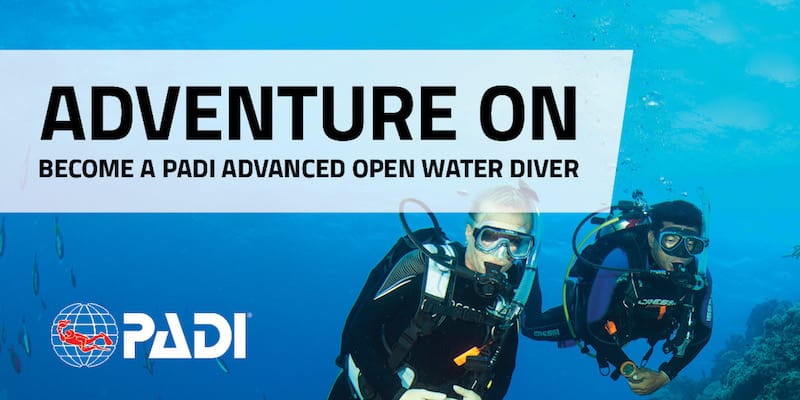
2. Rescue Diver: This is probably the most rewarding course you’ll ever take and you’ll build your confidence in the process. You’ll be learning lifesaving skills and techniques as well as learning how to prevent accidents from occurring in the first place. If you are thinking about becoming a PADI Divemaster or Instructor in the future then the Rescue Diver Course is essential.
3. Divemaster: Yes!! You can now start your journey to becoming a PADI Professional at home! If you are thinking of the diving industry as a future career path, get started now! The PADI Divemaster certification is your first Pro certification and your first step towards becoming a PADI Instructor!

4. Digital Underwater Photography Specialty: Okay, so you can’t go underwater right now, but the skills and techniques you learn in the PADI Digital Underwater Photography specialty can be practiced at home – which means hours of entertainment with your camera when you can’t go out!
5. Enriched Air Diver (Nitrox): It seems so unfair when you have plenty of air left and your computer tells you that you need to shallow up. Have you ever wished you could stay deeper for longer? Diving with Enriched Air (Nitrox) increases your allowable bottom time meaning you can admire the depths of your favourite dive sites in Puerto Galera for even longer!

Don’t want to study alone? Buy a PADI gift pass for your buddy and study together! Do you have non-diving friends that want to get certified? The PADI Open Water Course is available online too and is now reduced from AU $220.00 to AU $165.00. There is no better time to convert your non-diving friends into diving buddies than now!
If you’re planning to sign up for eLearning and want any help, advice or to make a reservation, contact us on our online contact form here or send us an email at: admin@asiadivers.com
We look forward to hearing from you soon!
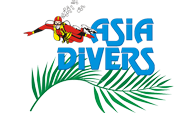



 TripAdvisor Certificate of Excellence
TripAdvisor Certificate of Excellence
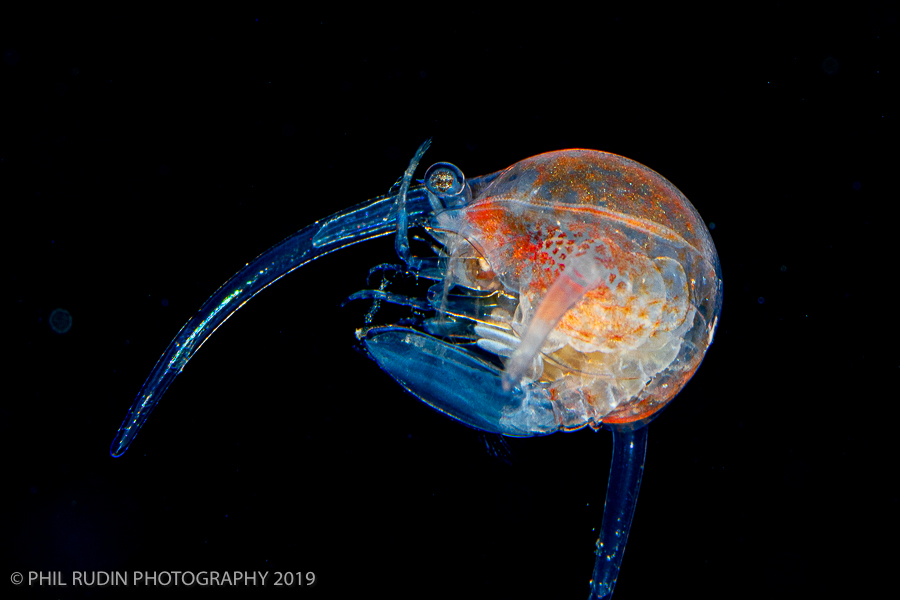
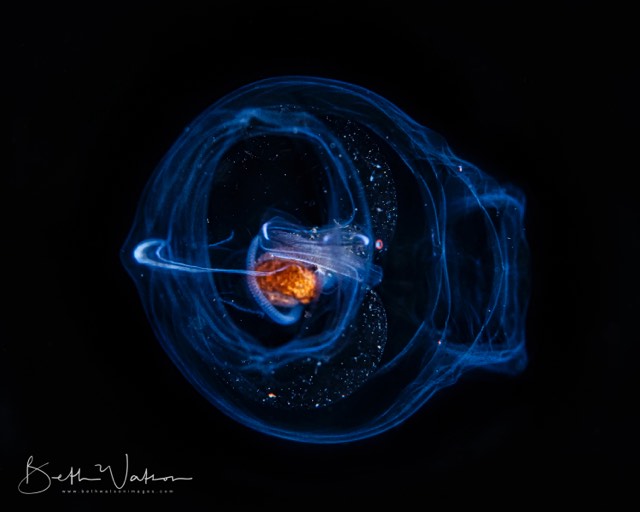

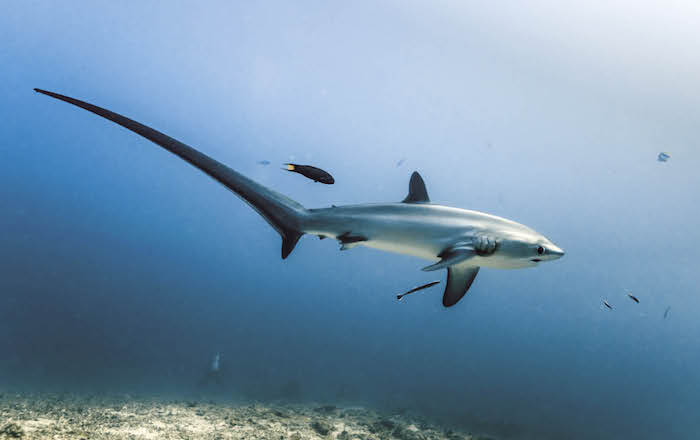


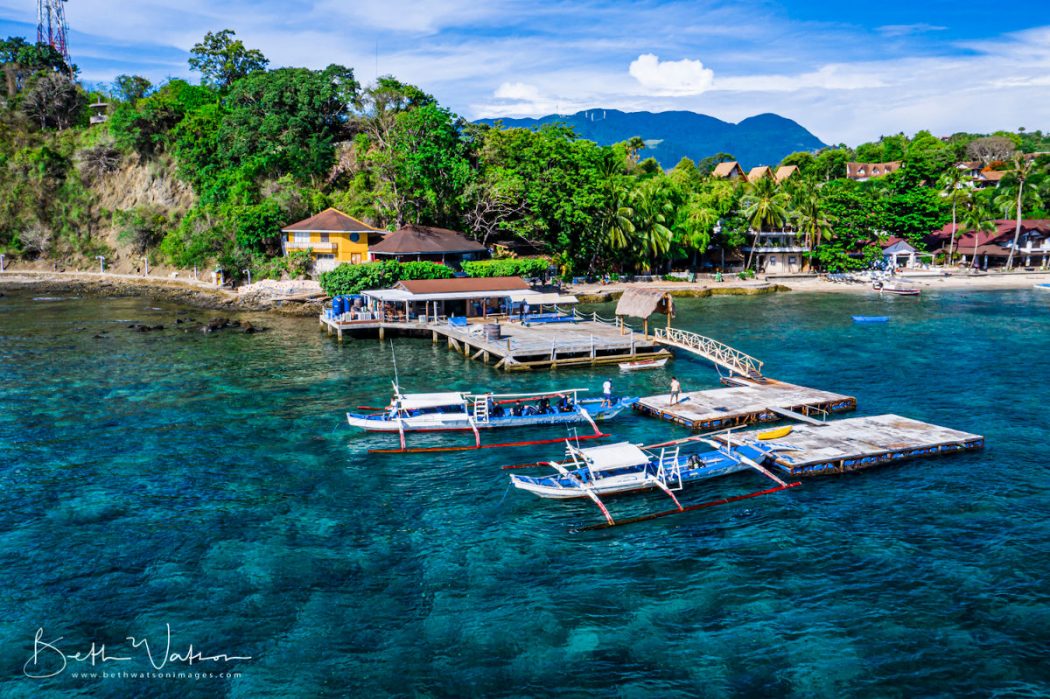
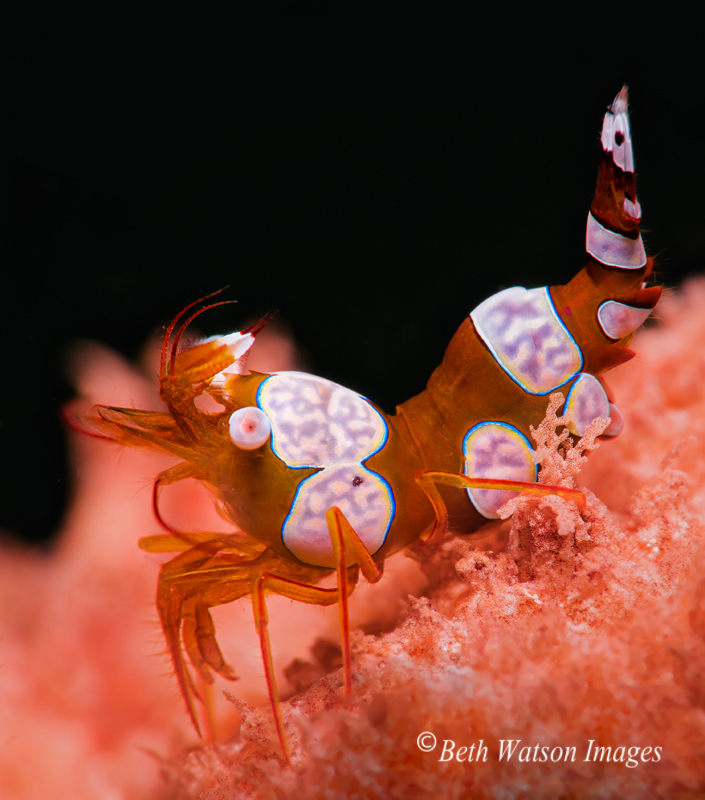

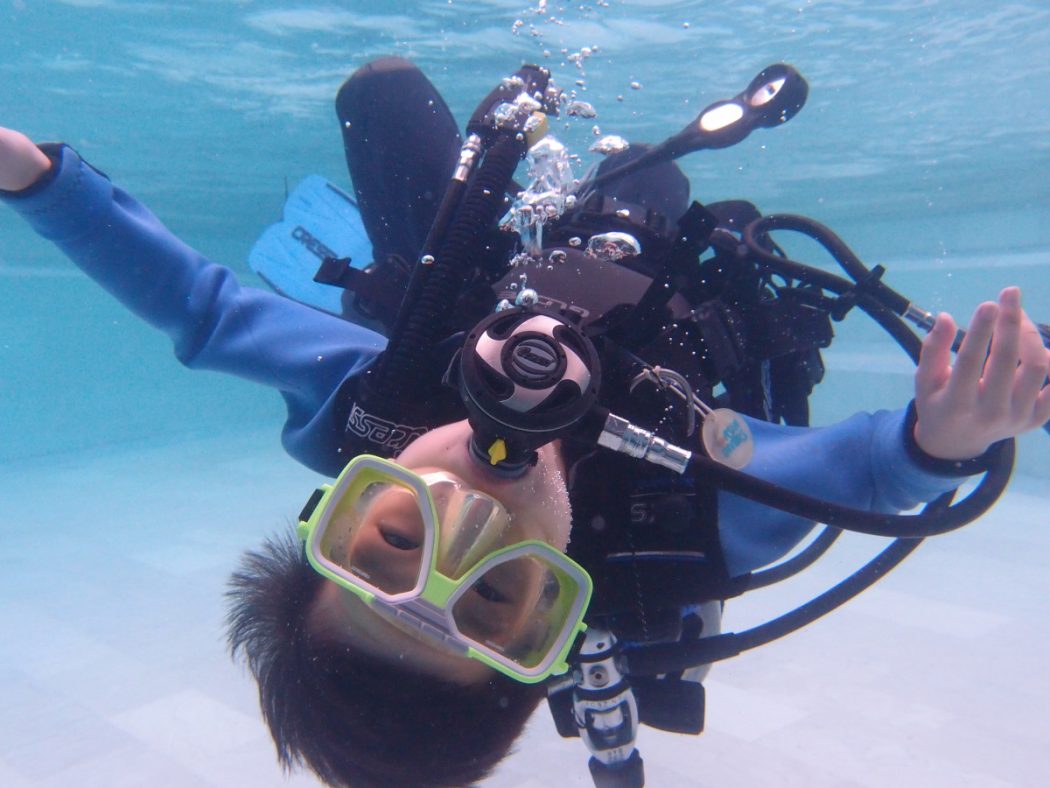


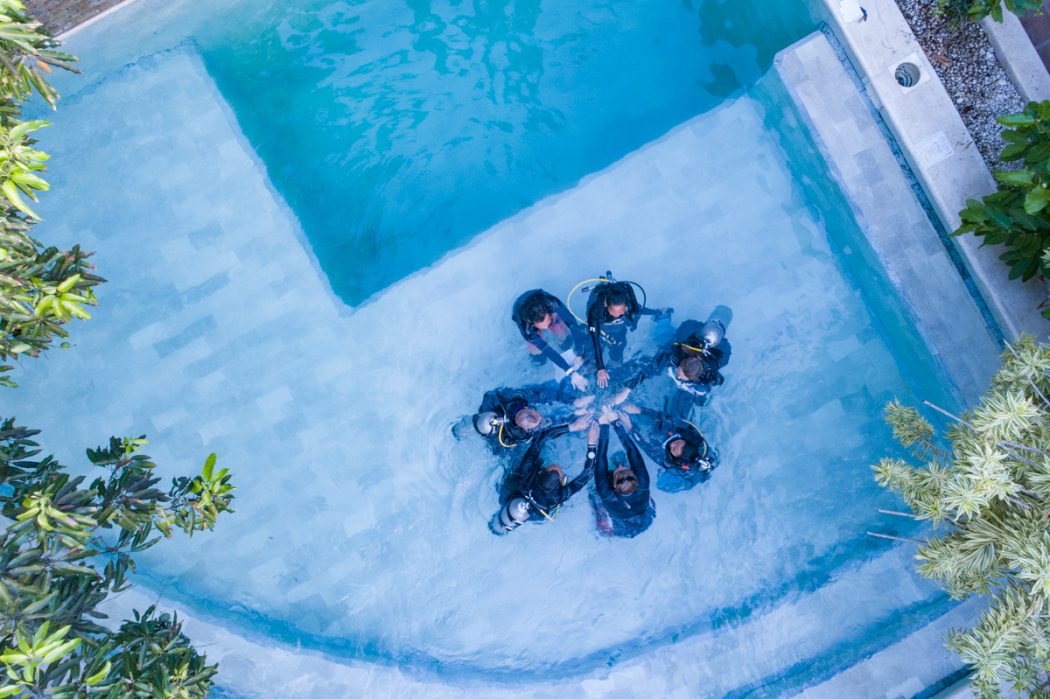

 Photo by Beth Watson
Photo by Beth Watson
